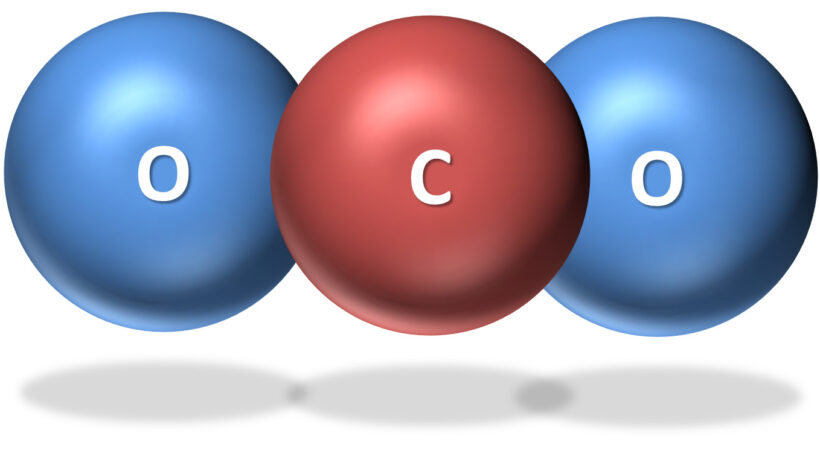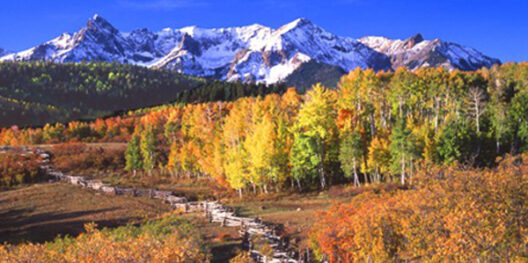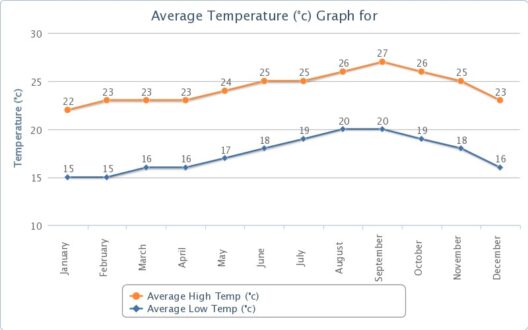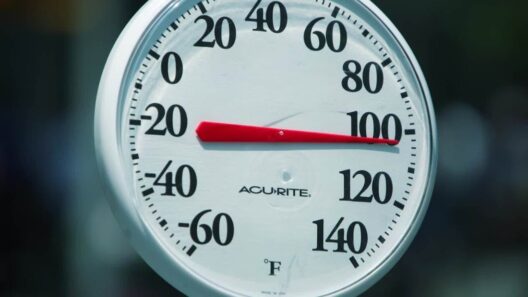Understanding the intricate dance of carbon dioxide (CO2) and methane (CH4) in our atmosphere is akin to observing a tightly choreographed ballet. Each gas, with its unique characteristics and attributes, plays a pivotal role in orchestrating the conditions that shape our planet’s climate. These two greenhouse gases, while distinct in their molecular structures and effects, are bound by their collective influence on global warming, forming a duet that resonates across ecosystems and economies alike.
At the heart of this performance lies the greenhouse effect, a natural phenomenon that is essential for maintaining Earth’s temperature. Imagine the Earth as a greenhouse, where sunlight streams in, warming the interior. In this enclosure, CO2 and CH4 are the thermal blankets that trap heat, preventing it from escaping back into space. Without their persistent presence, our world would be inhospitable—a frigid tundra incapable of supporting life as we know it. However, the stage has shifted; the balance has been disrupted, and the result has profound implications.
Carbon dioxide, with its molecular weight of 44.01 g/mol, is exhaled by animals and released by burning fossil fuels, deforestation, and various industrial processes. Once emitted, CO2 can linger in the atmosphere for centuries, accumulating like layers of sediment in a geological formation. Its longevity allows it to exert a prolonged influence on Earth’s climate. Through the absorption of infrared radiation, CO2 effectively traps heat, contributing to an increase in average global temperatures. Scientists use the metaphor of a thickening blanket—each additional layer amplifies warmth, creating conditions perilous for ecological balance.
On the other hand, methane, with its molecular weight of 16.04 g/mol, is a powerful player in the greenhouse gas arena, albeit with a shorter lifespan in the atmosphere—approximately a decade before it oxidizes into carbon dioxide. Although its tenure is fleeting, methane’s warming potential is extraordinary; it is more than twenty times as effective as CO2 at trapping heat over a 100-year period. This disparity makes methane a fascinating, albeit troubling, element of climate discourse. Its primary sources include agricultural practices, particularly livestock digestion, landfills, and oil and gas operations, creating multifaceted challenges for regulation and mitigation.
The interplay between CO2 and CH4 extends beyond their individual contributions to global warming; their interactions exacerbate the overall greenhouse effect. Consider a locked room where CO2 acts as a thick curtain that keeps warm air trapped inside, while methane introduces an additional layer of insulation, amplifying the room’s temperature. The resultant warming climate leads to a cascade of environmental repercussions: melting ice caps, rising sea levels, and increasingly severe weather patterns—all effects that are becoming alarmingly apparent.
Recent studies reveal that the problem is not merely quantitative; it is also qualitative. The synergy between these gases can lead to feedback loops that further drive climate change. For example, as temperatures rise due to increased greenhouse gas concentrations, permafrost regions begin to thaw. This thawing releases stored methane, which then accentuates warming and results in even more permafrost melting—a vicious cycle that continues to amplify climate dynamics.
In essence, the relationship between carbon dioxide and methane can be perceived as a powerful partnership, a duet that plays a critical role in shaping Earth’s future. Their combined effects on temperature regulation illustrate the delicate balance of our climate system. Too much of either gas leads to instability, with dire consequences for biodiversity, agricultural productivity, and human health. As atmospheric concentrations continue to rise, the pressing need for comprehensive policy action becomes increasingly urgent. Mitigating their effects requires not only a reduction in emissions but also enhancements in natural carbon sinks—forests, wetlands, and oceans—capable of absorbing these harmful gases.
The road to confronting these challenges is fraught with obstacles, yet opportunities for innovation abound. Transitioning to renewable energy sources, implementing more efficient agricultural practices, and enhancing waste management systems are all vital steps in reducing carbon and methane emissions. These efforts must be fortified by global cooperation, as climate change knows no borders; its repercussions are felt universally. Each nation has a role—the participation of individuals, industries, and governmental bodies is essential in tackling the ramifications of greenhouse gas emissions.
Ultimately, the narrative surrounding carbon dioxide and methane transcends simple scientific equations; it speaks to our collective responsibility to the planet. As stewards of the Earth, recognizing the significance of these gases is paramount not only for current generations but also for the legacy we leave to those yet to come. The climate crisis demands our attention not as a distant threat but as an imminent challenge that is evolving rapidly. Facing this reality is daunting, but within it lies an opportunity to redefine our relationship with nature, fostering an ethos that prioritizes sustainability and reverence for the environment.
In conclusion, carbon dioxide and methane are not merely inert participants in the atmosphere; they are integral players in a grand and complex narrative about climate change. By unveiling their mechanisms, we can better comprehend the broader implications of their partnership and the critical steps required to mitigate their impact. As awareness grows, so too does the urgency to act—clearly, the time for dialogue has now shifted to action.








